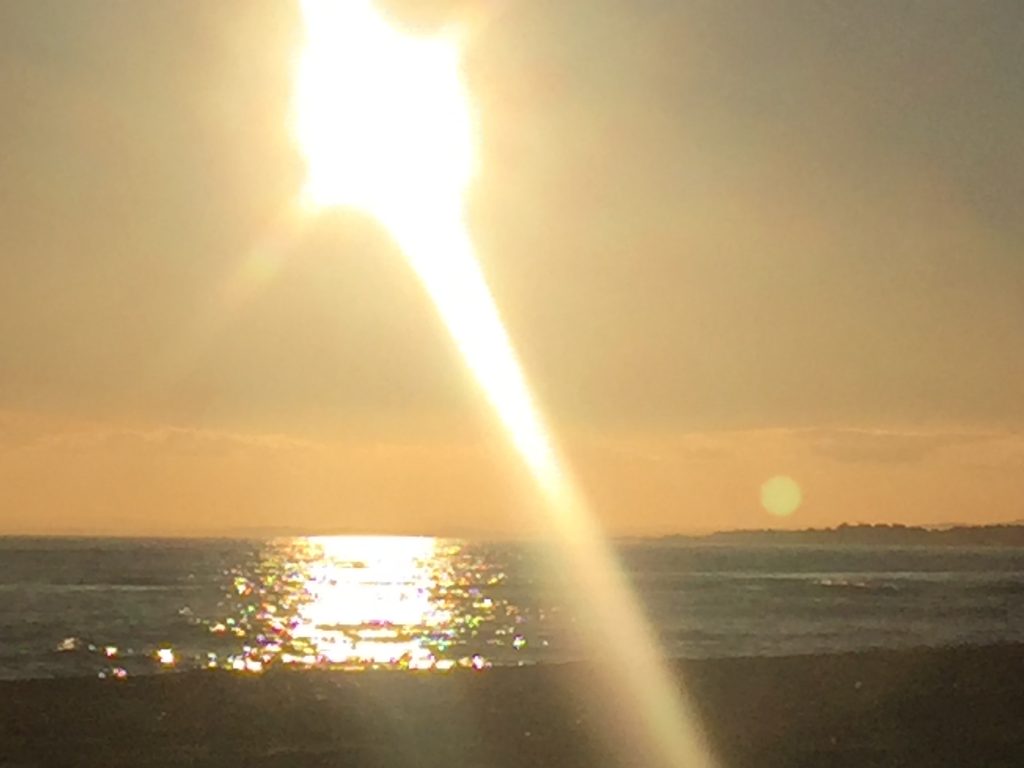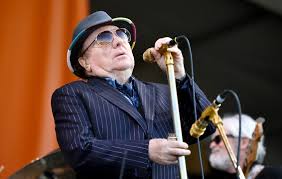I’m back in Wroclaw after ten days mainly spent watching the rain in Spain, which defied the cliché, by falling on the coast … rather than mainly on the plain.

But this morning I find that my habitual writing venue – the Monko café – has a couple of bearded, beer-bellied hombres crashing out some fairly discordant Polish folk music in preparation for a gig that I will make a note to avoid at all costs this evening. I have no doubt that every song will retell the pathos and desperation of one humanitarian crisis or another – such is the stuff of Polish history … such is the stuff of Polish folk music. It actually makes Morrissey sound cheerful.
‘jeden-dwa-jeden-dwa-jeden-dwa …’
Roughly translated, this means testing one-two, and so on.
With this racket, I just know I’m not going to make much progress on Saving Dave this morning so I may as well tell you about the Chris de Burgh concert I went to last night.
I never realized what a big fan of Chris de Burgh I wasn’t until I saw him live. Don’t get me wrong; it’s not that I don’t like him; it’s just that his music is a bit like a Lidl’s supermarket – you will probably find something therein you may like, but you’re going to have to search bloody hard to find it.

Heck, of course, we all know about the 1986 classic, Lady in Red, which propelled him to his only No1 UK hit and to No3 in the US. Some of you may have even bought the album Into The Light, which reached No2 in the UK Album Charts … on the other hand some of you may not – I didn’t.
De Burgh was born in Argentina, son of British diplomat Colonel Charles John Davison. His maternal grandfather was Sir Eric de Burgh, a British Army officer who had been Chief of the General Staff in India during the Second World War. He chose the de Burgh name when he turned to performing and you can’t really blame him for that … after all, it has a better ring to it than Chris Davison, doesn’t it? Brought up in a twelfth century castle in County Wexford, he was educated at Marlborough College and graduated with an MA in French, English and History from Trinity College, Dublin.
He is certainly no fool; yet despite selling over forty-five million albums worldwide, de Burgh is still regarded by many – particularly those in the music media – as something of a caricature.
He never really hit the big time in either the UK or the US, and most of his loyal fan base are to be found in Central and Eastern European countries, hence the almost sell out crowd in the Centennial Hall in Wroclaw last night.
British audiences regard musicians like de Burgh as – at best – eccentric and privileged bombastic crooners … and at worst, pretentious figures of fun. His music, persona and appeal fall neatly into the same often ridiculed subset as James Blunt; and one could draw parallels between the magnum opus of each artist: Lady in Red and You’re Beautiful.
Back to the concert.
Let’s not call it a gig … the last concert I went to – The Pet Shop Boys – was a gig. This wasn’t.This was a game of two halves. The first, I wished I hadn’t turned up for. De Burgh waded through the unrelenting misery of Moonfleet, the 2010 album that told the story of Blackbeard’s treasure and someone called John Somethingorother who became a pirate, conveniently was the sole survivor of a ship wreck, found the treasure and then spent the rest of his life doing good deeds – such as repairing the church roof – with the money, rather than spending it on booze, birds and fast cars. I was almost asleep by the interval, but the Polish audience loved it.
The second set was very different. De Burgh and his merry men actually performed some songs I knew and liked. He has, with twenty-two studio albums, an impressive back catalogue to draw from and by the time we got to Lady in Red, the audience was on its feet.
Peter Crawley, a theatre reviewer at The Irish Times once wrote: “He departs the stage for ‘Lady in Red’, invading boxes and draping himself over audience members … Certain toes will never uncurl after this experience, but it is almost admirable how unaltered de Burgh has remained by the flow of time.”
Whether or not you share this view, the audience loved it, and I loved it too. A diminutive Irish meat sandwich between two very large Polish security men, de Burgh did a circle of the ground floor, dancing, hugging and pressing the flesh, perfectly timed to return to the stage for the final chorus.
So … what did I think?
Was it worth the four hundred zloty entrance money?
It was … and for two reasons.
Let’s briefly contrast him to the other Irishman whose concerts I have been forced to attend scores of times over the years: Van Morrison.
Let’s also forget for a moment that Van Morrison has a huge Irish and UK fan base and a solid following in the US.
The main difference between the two is that de Burgh looks as if he is enjoying himself on stage … he performs as if he actually wants to be there.
Van Morrison doesn’t.
On stage, he has no interest in engaging with the audience, constantly castigates his musical entourage, walks off stage – or sometimes he can’t even be bothered to do this – to blow his nose, and his concerts can be done and dusted in less time than one half of a game of soccer. I kid you not … once I was dragged to the Albert Hall, at a cost of around two hundred quid a skull, only he see him leave the stage for his pyjamas and cocoa after forty-three minutes.

De Burgh gave us a generous two and three quarter hours, and didn’t look as if he wanted to quit.
And the second reason it was worth it was the quality of the backing musicians. They were quite brilliant.
The verdict: overall an enjoyable evening … not quite as invigorating as The Pet Shops Boys, but well worth the entrance money.
Okay … I’ve just noticed that The Beardies have finished their sound check and gone off for some pivo and dumplings so it’s time to get back to Dave.
Hasta pronto, chicos!
